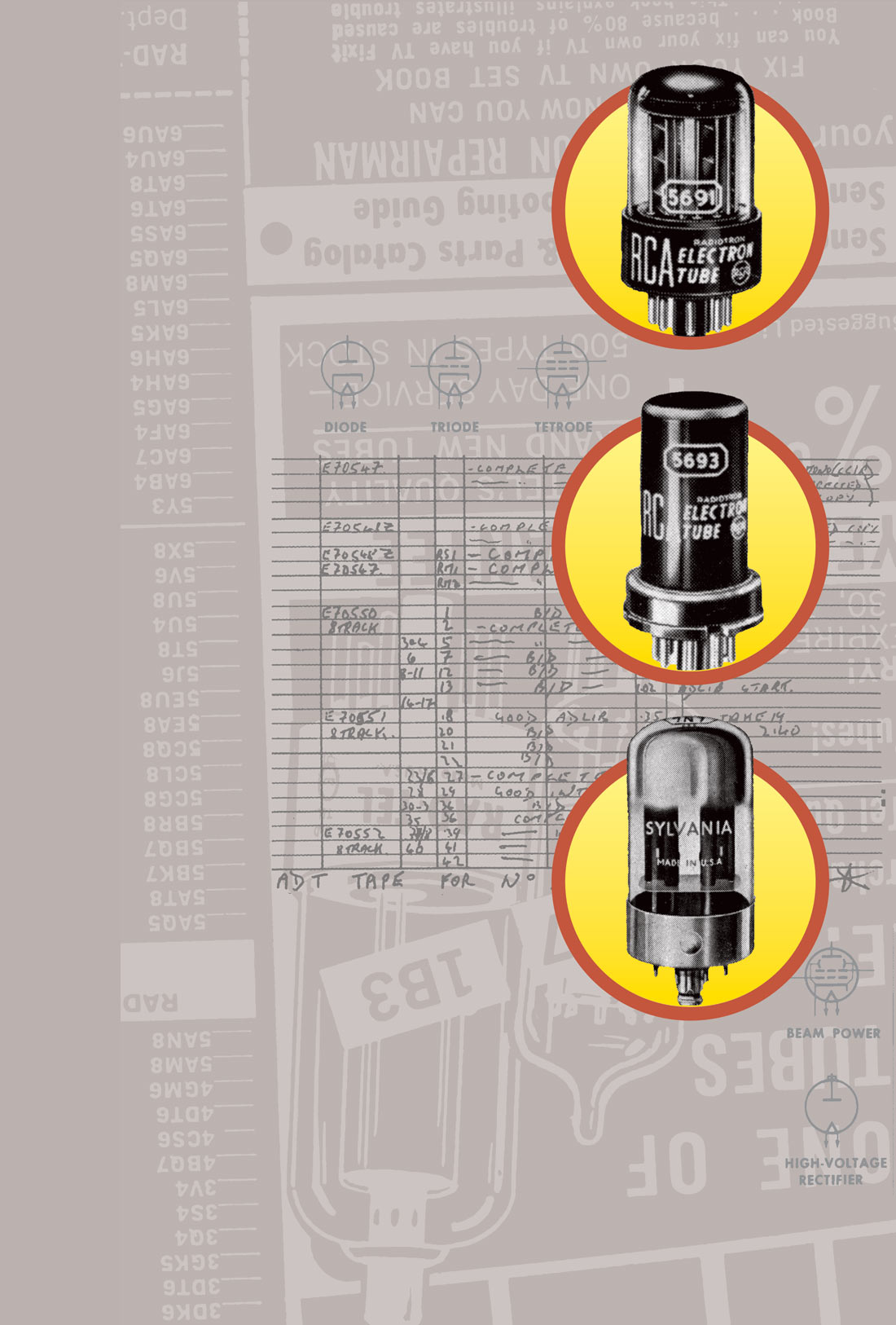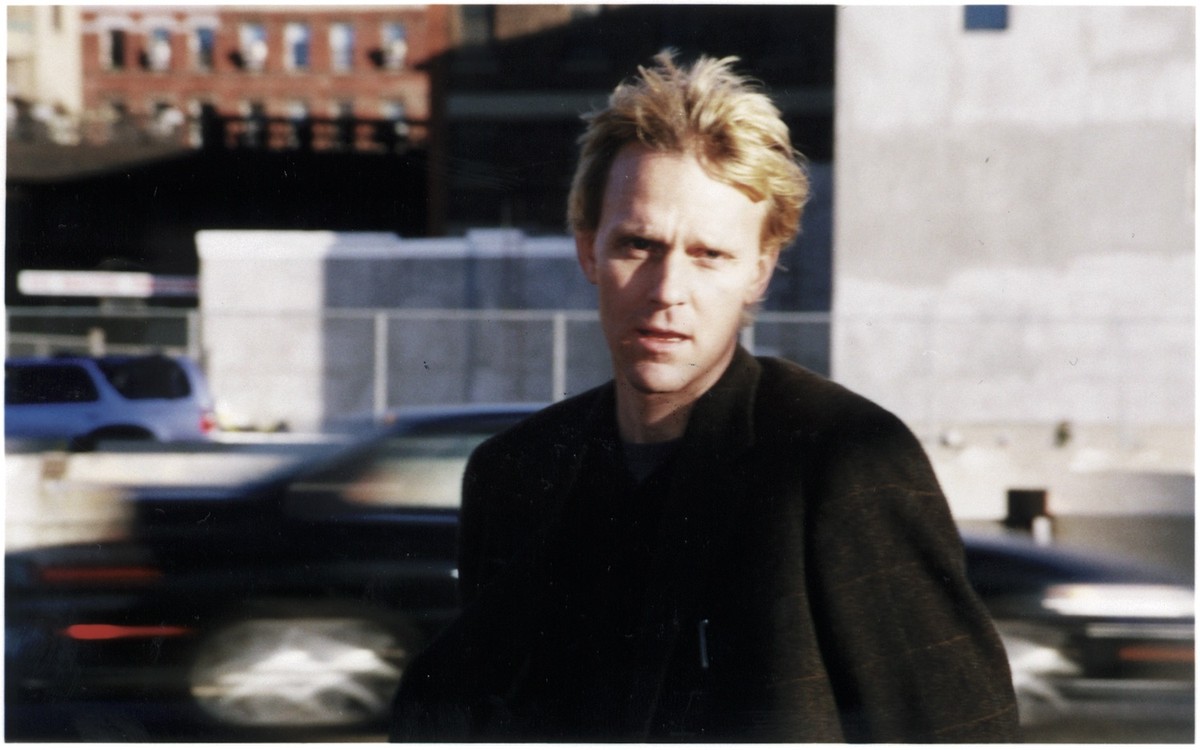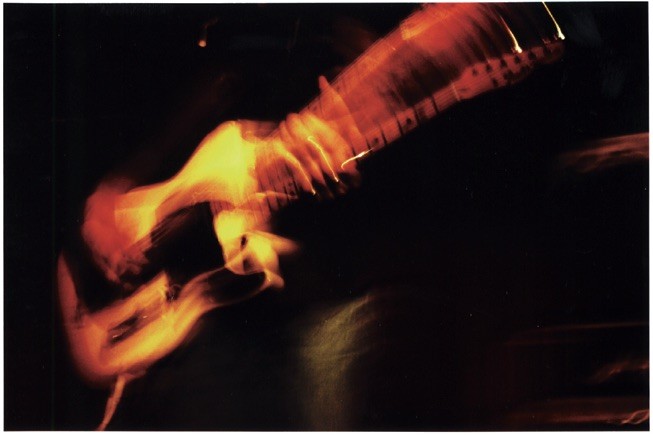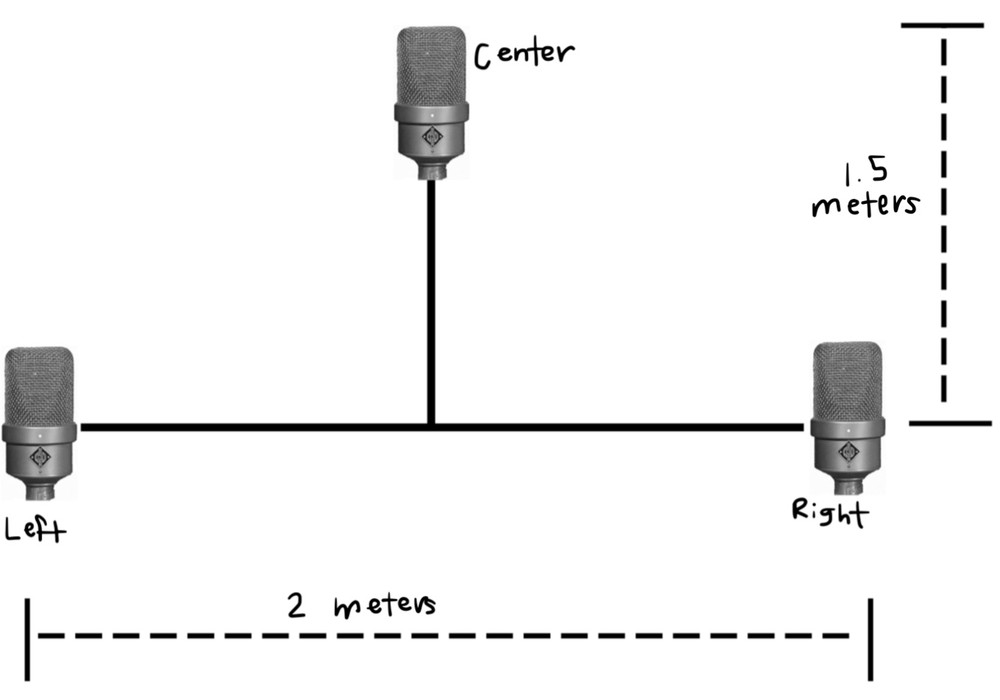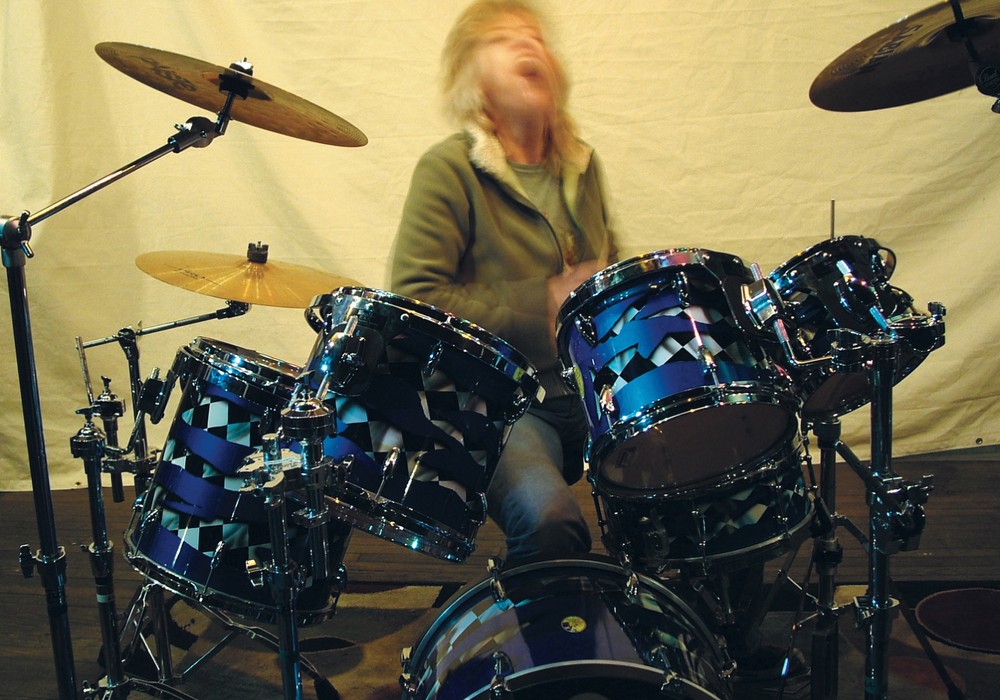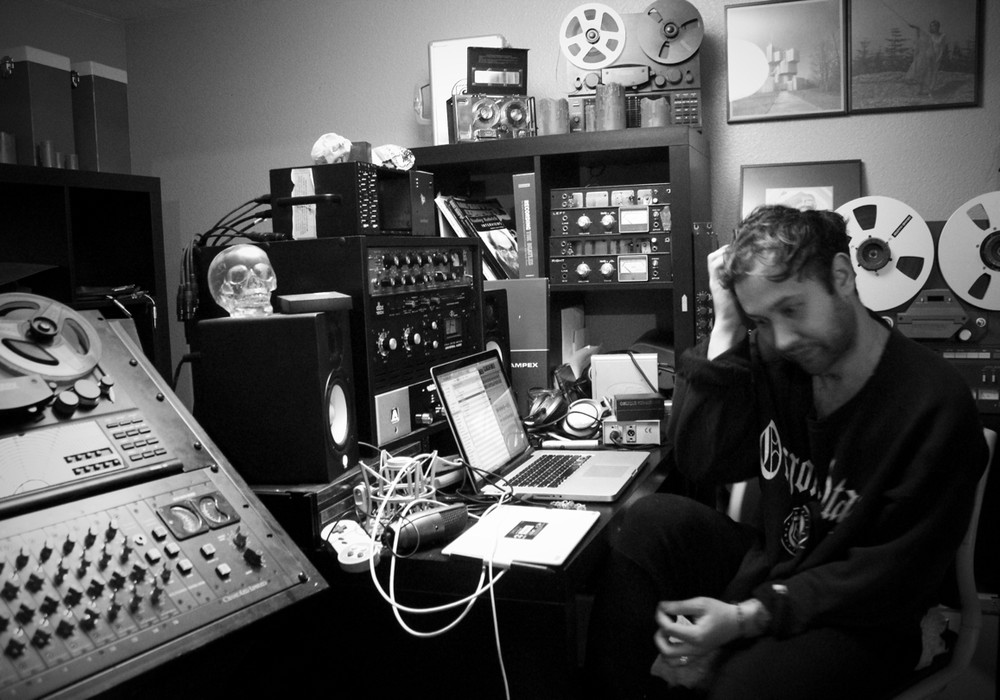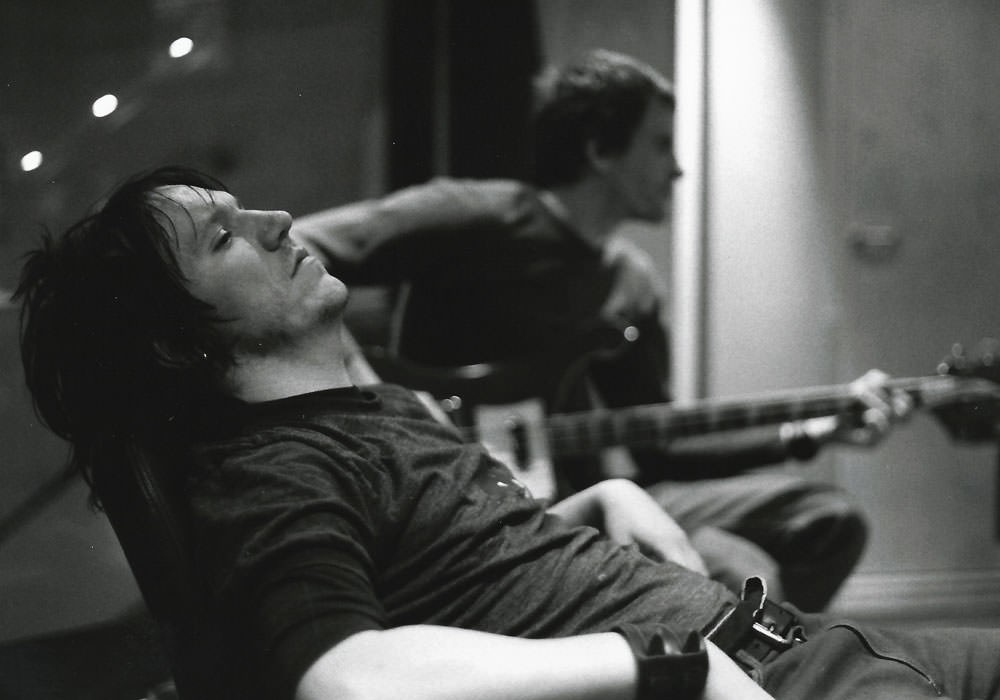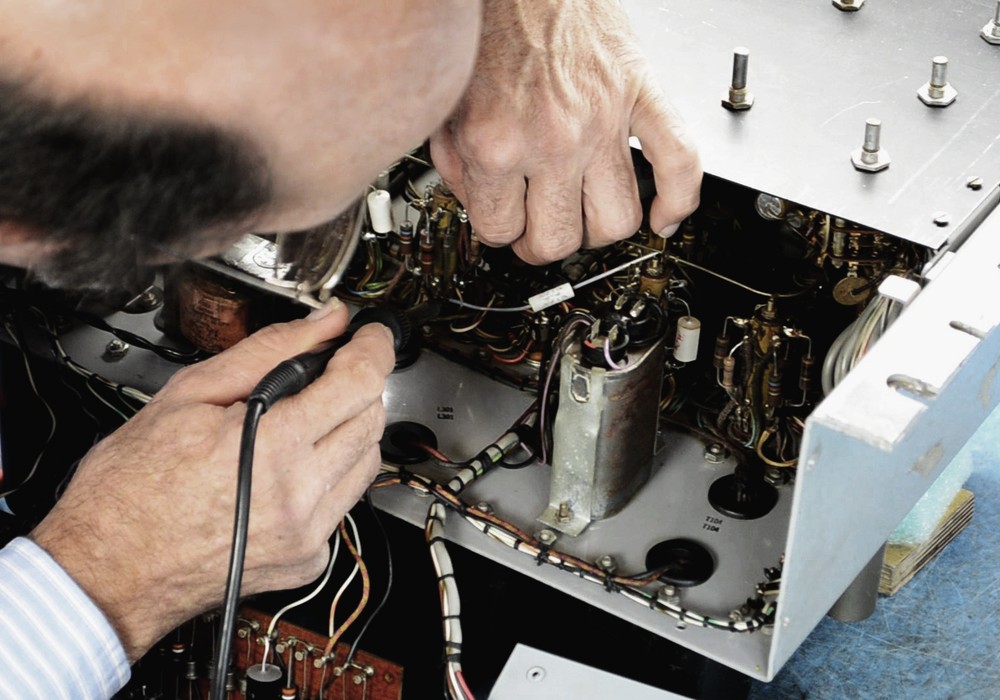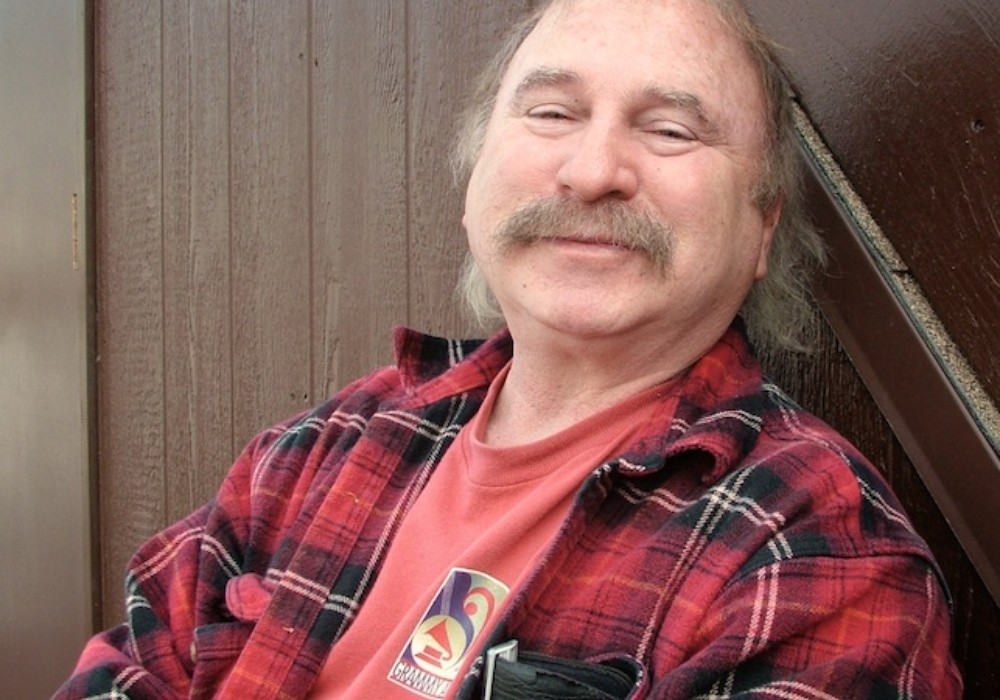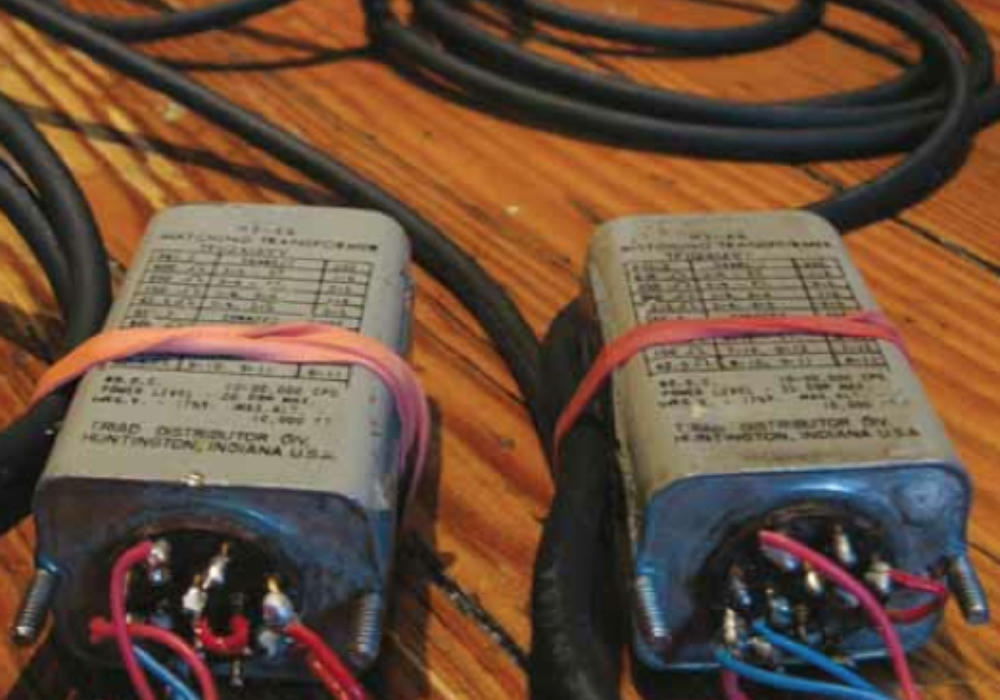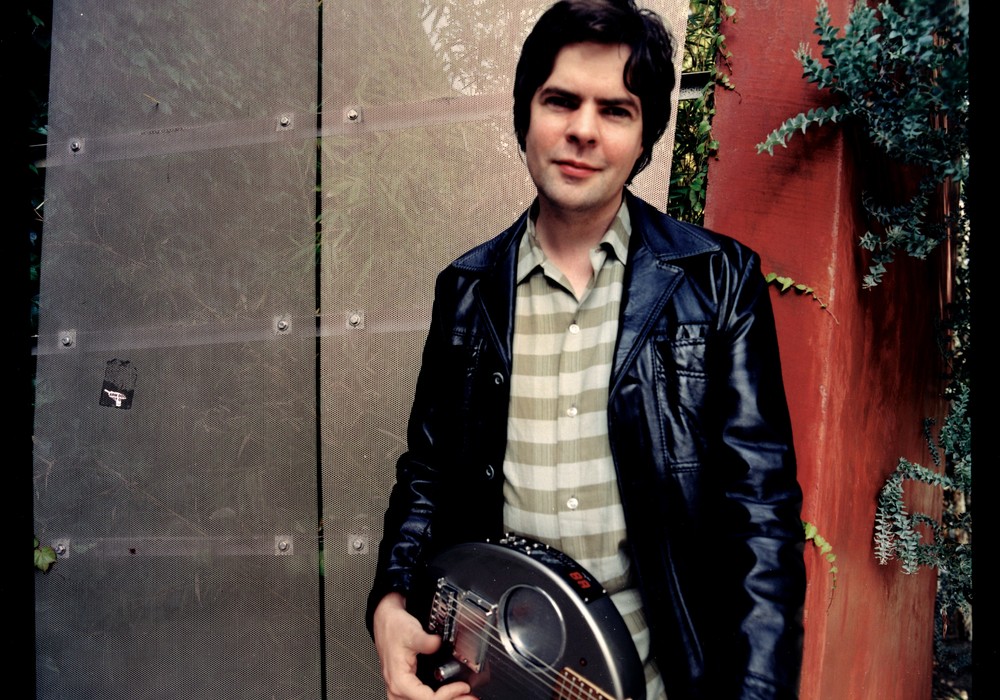In his tiny apartment in New York, Dean Wilson, aka Illyah Kuryahkin, has created some of the strangest and coolest music we've heard in years. His first album, Count No Count, was recorded on a 4-track cassette and sounded like transmissions from another land. His new album, Thirtycabminute, is a haunting affair that was recorded with Pro Tools, DA 88s and more, but still a lot was done at home. I visited his place and later we went out for beers. It was fun.
Let's talk about how you did your first record on a 4-track and how you maximized that — and about your new record and how that was done.
With the Count No Count recording, there was no bass. I had been experimenting with detuned guitars for seven years at that point. I got really into middle-eastern music and I wanted to be able to do things harmonically that used the timbre of the guitar, but was more interesting, harmonically. I listened to a lot of Iranian and Iraqi music and Syrian music. I really got into Asian drumming like Korean drummers and Japanese drummers. I was into this kind of organic sense of percussion from the first singles anyway. I wanted to do a recording without a bass guitar, without a bass player, without the concept of standard instruments. I wanted it to have a transistor radio quality and it would sound good over the phone. I still think it sounds best over the telephone. I did the whole thing with a shitty pair of Sony headphones and one channel blew out so I mixed it mono and recorded it to my voice mail. I would listen to it on the phone to check the levels. Especially on a song like "Empire" — it was a keyboard bass that comes in and out and there were literally over twenty acoustic guitar tracks on that one song. Getting a feeling for bouncing tracks for saturating the tape as much as possible, using the hiss as an instrument, as a kind of rhetorical device. It was important to me all at the same time, it was really a catharsis — a blowout sleepless 2 1/2 weeks of experimentation and limited resources. I did all the guitars with a Rockman direct to the tape deck. It's all Rockman, but they don't make Rockman like they use to. The chip has changed, the one I used was from 1979 and it has a special quality. I bought another one — the new one — and it didn't sound good.
Well, they improved it... theoretically. [laughter]
That's one way to look at it. For example, on a song like "Marvel", I set the guitar on a chair and ran it into a dB boost pedal and just turned the tone control all the way to low frequencies. I turned the gain all the way up, so I was overdriving the Rockman and then I ran it into the 4-track and rolled off all the high-end and blasted the graphic EQ and overdrove the channel, so it was nothing but low-frequency distortion. I just sort of tapped on the guitar and put the microphone in the room and the air- conditioning unit was humming the whole time. I had a triplet pattern that was played with handclaps and then I played the maracas every four beats. I would play the maracas and run my fingers on the tip of the guitar and it would sound like someone trilling on a Fender Rhodes. There were moments like that where I just started discovering sounds and how it worked, but the really big breakthrough was "Fuzzball", the instrumental one. It was so liberating to have this $50 keyboard and run it through a Rockman with distortion and then blast the tape machine — run the levels way over the top and just hit one note and hold it. The keyboard automatically had a decay, when you hit it, it's just like an explosion. While it's decaying, all of these wonderful accidents start happening, everything's confused, its trying to find order. The keyboard is trying to figure it out, the Rockman is trying to figure it out, the tape machine is trying to figure it out, the tape head is trying to figure out where to put it on the tape. There were just moments like that where it was incredibly liberating. After I did "Fuzzball", I changed the whole way I approached recording. The first song that I recorded, it's called "Spiderglow", I took a transistor radio and tuned it in to...
